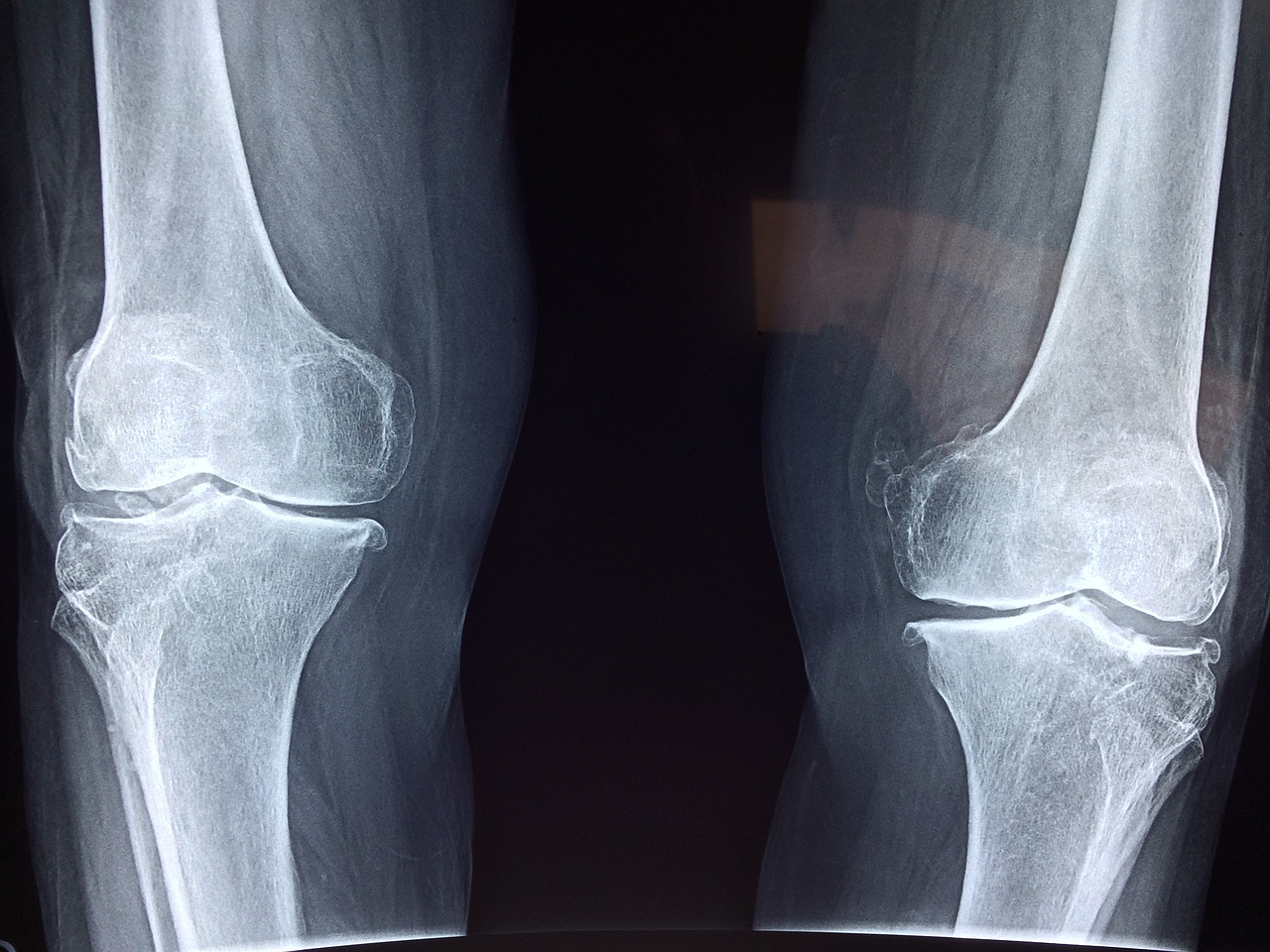Article Title:Developing stages of subacromial humeral-impingement facets in the skeletal remains of two human populations
Abstract:
The humeral impingement disorder (HID) results from degenerative changes in the rotator cuff tendon which allows the humerus to press against the acromion and produce pressure facets on both the acromion and the greater humeral tubercle. A previous study of those below 55 years of age in the two populations defined a system of three morphological categories of subacromial features. The first two categories were postulated to be pre-impingement while the third, distinguished by erosive pitting at the point of attachment of the cuff to the greater tubercle, was regarded as indicative of degenerative change in the cuff and, therefor, of HID. Extending the study to those over 55 years of age has now added two categories of mor advanced HID change. Those on the right side, of dominant use, were always more sever, thus enabling a less severe Category 4 to be distinguished from Category 5, the chief feature of which was a raised facet which could be large or small. Confirmation of the earlier study's conclusions was achieved: the degenerative changes of Category 3 began to be common by 40 years of age in both sexes of the Scottish island people, living physically-stressed lives; in the more wealthy and sedentary Londoners, this does not occur until 10 years later. Nevertheless, in both sexes in both populations, virtually all those over 65 years of age showed Category 4 or 5 change. It seemed likely that a higher proportion of the Londoners reached advanced ages than among the islanders and so had more time for the progressive disorder to show its full effects; for instance, there were 16 Londoners known to be over 80 years of age. Individuals of that age cannot be distinguished by methods for estimating age from those 15 years or so younger but it was regarded as unlikely that there were more than two or three octogenarians among the islanders. Copyright (c) 2000 John Wiley & Sons, Ltd.
Keywords: rotator cuff; biceps tendon; degenerative arthrosis; sex difference; occupation influence
DOI: 10.1002/1099-1212(200005/06)10:3<161::AID-OA516>3.0.CO;2-G
Source:INTERNATIONAL JOURNAL OF OSTEOARCHAEOLOGY
Welcome to correct the error, please contact email: humanisticspider@gmail.com



